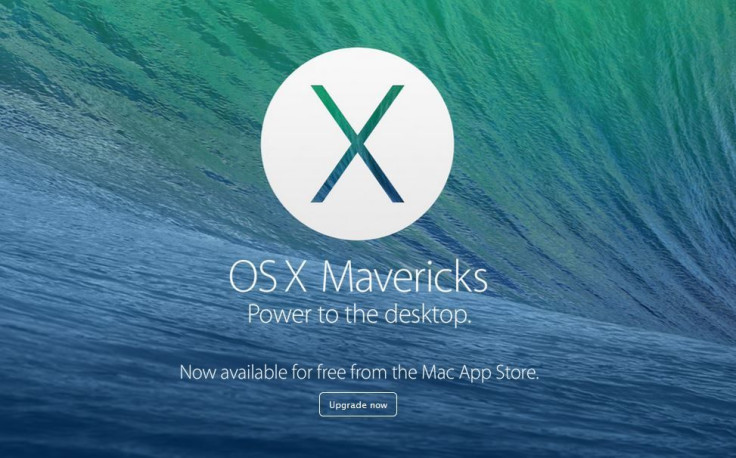Apple iOS 8 Developers Moved To OSX Development Team One Month Before WWDC

Just a month before World Wide Developers Conference, sources close to the subject (via 9to5Mac) revealed on Thursday that Apple is moving software developers off of iOS 8 and onto OSX 10.10, suggesting a shift of focus for the tech giant as it preps for its annual meetup in San Francisco.
The shift comes as a surprise given that iOS 7 has been the fastest-adopted operating system in Apple’s history. Additionally, putting more people on the OSX team suggests that OSX 10.10 is not ready for distribution currently, or the redesign is not complete, which may mean that 10.10 is a bigger release than anticipated. The source stated that OSX will get an end-to-end redesign.
It's been over a decade since Apple completely redesigned its desktop operating system. OSX (pronounced "OS 10") launched in 1999 and has been preloaded on every Macintosh since 2002. The change from OS9 was a complete change in the base operating system design. OS9 was built as part of the original Macintosh software system. OSX was built using Steve Jobs’ NeXT software, which has a Unix base; the X in OSX is a nod to the X in Unix and NeXT.
While Apple will most likely not deviate from a Unix foundation in further operating systems, this shift of personnel might signal a complete overhaul of the operating system.
Seems like the right time to do it. Generally speaking, software goes through nine updates before a major change is implemented. The most recent version of OSX, named Mavericks after the famed big-wave surf spot in Northern California, is the ninth official version. Therefore, OSX 10.10 should really become OSXI, or OS11.
Also, every major update to OSX has been named after a big cat, like Panther, Lion, Tiger and Snow Leopard. The change in nomenclature suggests that the OS is due for a change as well. Recently it was reported that Apple might be using shell companies to trademark product names after inspirational parts of California, like Yosemite, Mammoth, Pacific and Big Sur.
The design of OXS10.10 or OSXI may be inspired by the universally adopted iOS 7, but it won’t be exactly like the mobile OS, reported 9to5Mac.
The new look will have toggle designs similar to iOS 7, sharper window corners, more-defined icons across the system, and more white space than the current version. However, OSX characteristics like the Finder, multi-window multitasking, and Mission Control will not disappear in favor of a more iOS-like experience. Apple is keeping iOS as iOS and OSX as OSX.
Of course, this doesn’t mean iOS 8 will be left out of the picture completely. Developers will be looking to Apple during WWDC 2014 to see how iOS 8 differs from iOS 7. Many rumors suggest that iOS 8 will be getting several health-related apps packaged together in a group called Healthbook. Some have speculated that this fitness and health focus for iOS is further evidence that the rumored wearable device called the iWatch is really happening.
© Copyright IBTimes 2025. All rights reserved.




















